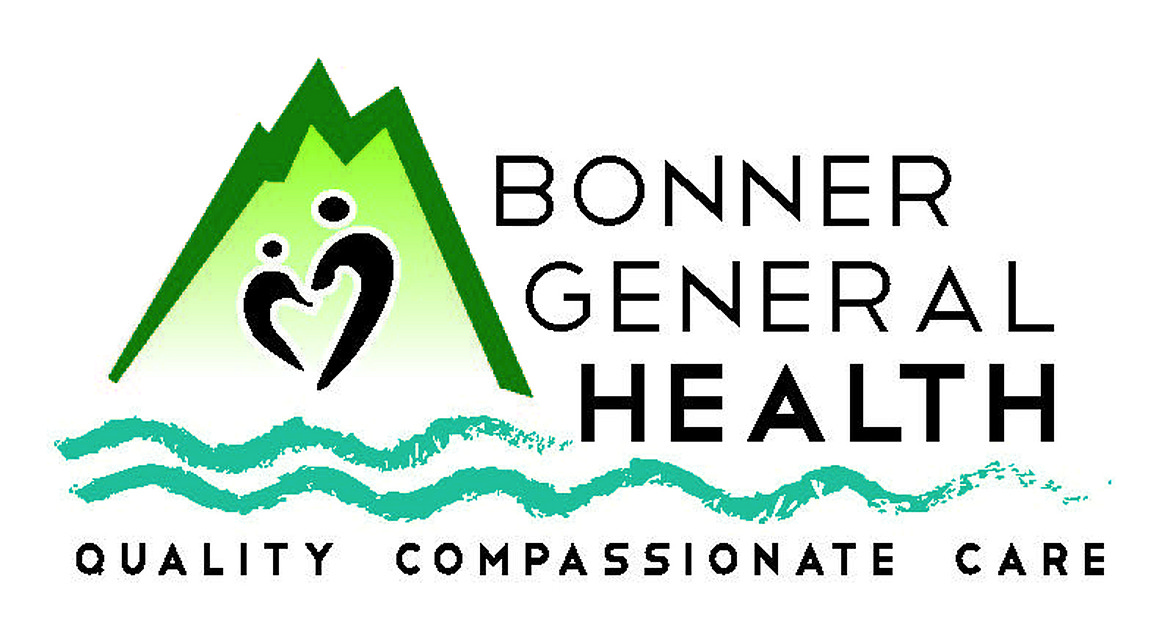Understanding oral cancers and the need for early detection
A report from the Oral Cancer Foundation dated March 29 of this year says that “every hour, 24 hours a day, 365 days a year someone dies of oral or oropharyngeal cancer (cancer of the back of the oral cavity and upper throat). Yet if oral cancer is detected and treated early, treatment-related health problems are reduced and survival rates may increase.”
They go on to say that 54,600 Americans will be diagnosed with oral cancer this year and that 43 percent of them won’t survive five years. The reason? These cancers are too often discovered late in their development.
The American Cancer Society says that almost all oral cancers are squamous cell carcinomas. Cancers of the oropharynx are most often caused by the human papillomavirus (HPV).
“HPV is rarely associated with oral cavity cancer. HPV-positive cancers are seen more often in young people with no history of tobacco or alcohol use. These cancers tend to have a better outcome (prognosis) than squamous cell cancers not related to an HPV infection. This is most likely because HPV-positive cancers shrink when treated with chemotherapy and radiation,” ACS says.
OCF says that regular oral cancer examinations by your oral health professional are the best method for early detection. But there are things you can do also. The Check Your Mouth initiative, endorsed by a slew of dental professional organizations, encourages the public to regularly check for signs and symptoms between dental visits. We’re talking about your lips, gums, tongue, inner lining of the cheek, the roof of the mouth and under your tongue.
“Signs and symptoms of oral cancer, which is predominantly caused by tobacco usage and/or excessive alcohol usage, may include one or more of the following: Any sore or ulceration that does not heal within 14 days. A red, white, or black discoloration of the mouth’s soft tissues. Any abnormality that bleeds easily when touched.
“A lump or hard spot in the tissue, usually the border of the tongue. Tissue raised above that which surrounds it, a growth. A sore under a denture, which even after adjustment of the denture, does not heal. A lump or thickening that develops in the mouth. A painless, firm, fixated lump felt on the outside of the neck, which has been there for at least two weeks.”
They say the signs and symptoms of oropharyngeal cancer include one or more of the following: Hoarseness or sore throat that doesn’t go away in a couple of weeks; a painless swollen tonsil on one side; a painless firm, fixated lump felt on the outside of the neck; a persistent cough; difficulty swallowing coupled with the sensation that there’s something stuck in your throat; and a persistent earache on one side.
OCF warns us that all of the above symptoms have one thing in common. That is that they are persistent and don’t resolve on their own. And they say to call your dentist right away if you experience any of them.
“Research has identified several factors that may contribute to the developing of oral and oropharyngeal cancers. Historically, those at exceptionally high risk of developing oral cancer have been heavy drinkers and smokers older than 50. Still, cancer occurs more frequently in nonsmoking people today due to HPV16, the virus most commonly associated with cervical cancer. About ten percent of oral cancers occur in individuals with no known risk factors. They share no fundamental commonalities, and they may be due to an unidentified genetic frailty yet to be discovered,” OCF says.
The treatment for oral cancers depends on the stage of development. Surgery or radiation, or surgery and radiation and whether or not chemotherapy is in the mix is based on the individual. Each case is different.
“Patients with cancers treated in their early stages may have little in the way of post-treatment disfigurement,” OCF says. “For those whose cancer is caught at a later stage, the results of surgical removal of the disease may require reconstruction of portions of their oral cavity or facial features. There may be needed adjunctive therapy to assist in speech, chewing of foods, the problems associated with the lack of salivary function, and the fabrication of dental or facial prostheses.”
Kathy Hubbard is a member of Bonner General Health Foundation Advisory Council. She can be reached at kathyleehubbard@yahoo.com.



